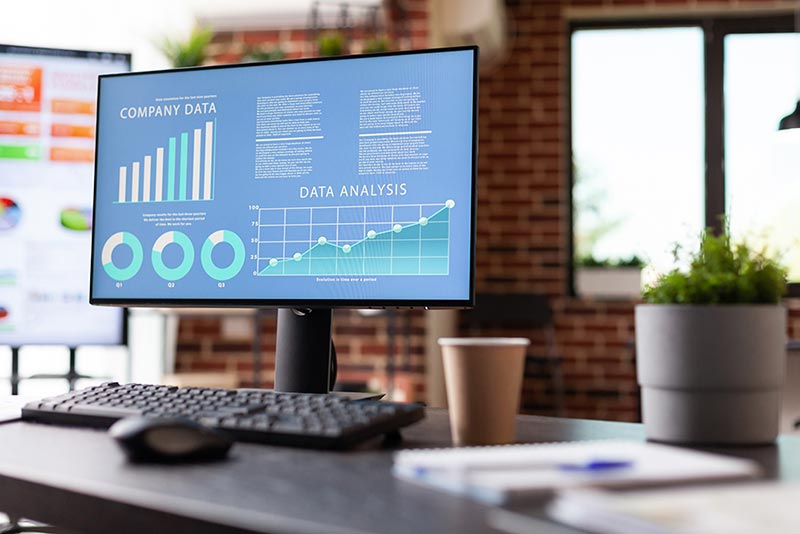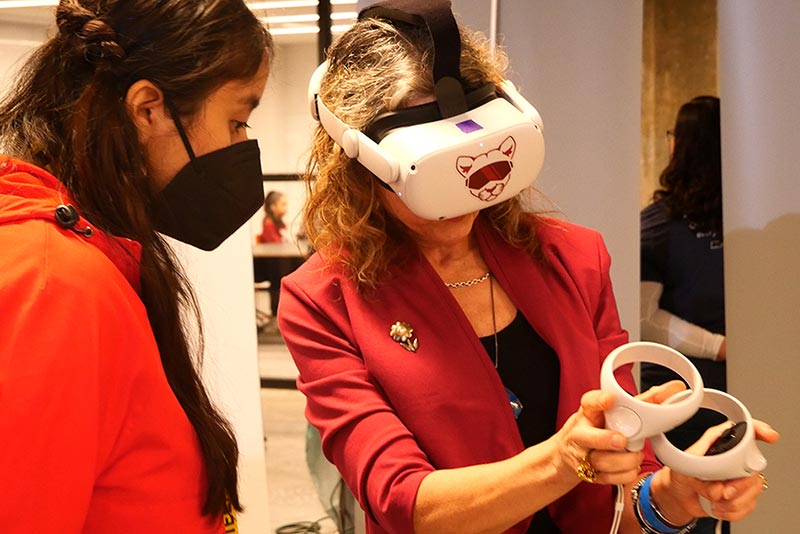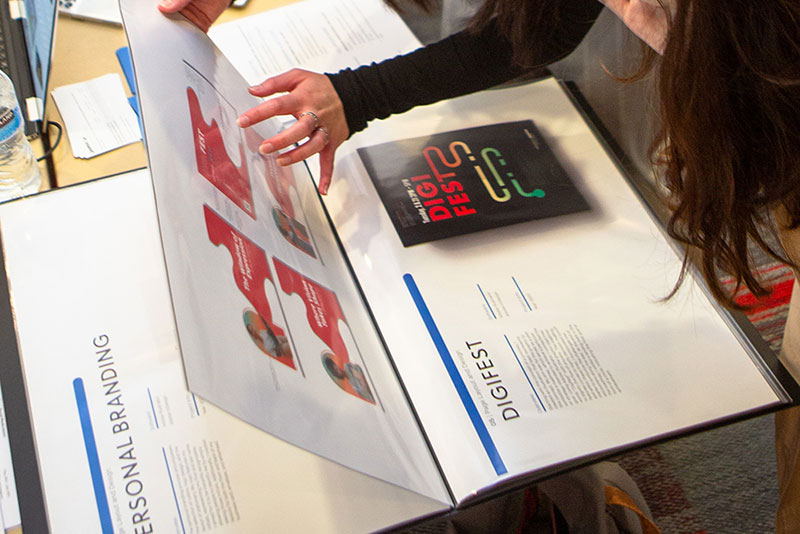Approved Technical Electives (12 semester hours)
Any DIGM courses that are not part of the core courses, including, but not limited to:
- DIGM 2351 - Web Design (Credit Hours: 3.0)
- DIGM 2352 - Digital Photography (Credit Hours: 3.0)
- DIGM 3351 - Individualized Communication Processes (Credit Hours: 3.0)
- DIGM 3356 - ePublishing (Credit Hours: 3.0)
- DIGM 3370 - Two Dimensional Computer Generated Imagery Animation (Credit Hours: 3.0)
- DIGM 4375 - Package Design (Credit Hours: 3.0)
Approved Technical Electives include any DIGM course not already applied to degree in addition to:
- CIS 2336 - Web Application Development (Credit Hours: 3.0)
- HDCS 4369 - Entrepreneurship (Credit Hours: 3.0)
- HDCS 4374 - Entrepreneurship E-Tailing (Credit Hours: 3.0)
- HDCS 4375 - Strategies in Digital Retail (Credit Hours: 3.0)
- ELET 2300 - Introduction To C++ Programming (Credit Hours: 3.0)
- COSC 1336 - Computer Science and Programming (Credit Hours: 3.0)
- SCLT 2380 - Distribution Channels (Credit Hours: 3.0)
- SCLT 3381 - Industrial and Consumer Sales (Credit Hours: 3.0)














